Dense and poor neighborhoods in Africa have special challenges for Covid-19 response, from the need to communicate health recommendations in local languages to the fact that migrant laborers, who fear deportation and retaliation by employers, have little incentive to embrace community-wide testing and report symptoms.
Richard Sennett, a professor of urban studies at MIT and senior adviser to the UN on its climate change and cities programme, believes that in the future there will be a renewed focus on finding urban design solutions for individual buildings and wider neighbourhoods that enable people to socialize without being packed “sardine-like” into compressed restaurants, bars and clubs—although, given the incredibly high cost of land in big cities like New York and Hong Kong, success here may depend on significant economic reforms as well[i]. By drawing on this expert opinion and the facts on ground, it is fair to argue that the stealth transmission of COVID-19 means getting comfortable with muddled urban systems.
Muddling urban systems
Ever since the introduction of COVID-19 transmission control measures, such as frequent hand washing and social distancing, there have been tensions between what urban dwellers (including health workers) are used to and the dramatic change in daily routines that are associated with the guidelines passed on by mayors and governors. Besides the constitutional scrutiny of COVID-19 measures at national and municipal levels, which has put technocrats in city halls on their tentacles, the public is increasingly asking when and how will mobility restrictions be unwound. Should lock downs be phased, extended or lifted sector by sector? These urban governance questions require clarity and consistent messaging, as scientists and their colleagues in policy circles take on the risky endeavour of presenting evidence that speaks truth to power. The stealth nature of COVID-19 transmissions and the possibilities of its rebound if restrictions are lifted, are making mathematical and epidemiological models muddled, thus yielding tensions between public health imperatives, economic decisions and civil liberties[ii].
The global stress of addressing critical supply shortages, including respirators, gloves, face shields, gowns, and hand sanitizer, has already indicated how the recycling and re-use of urban waste can be the solution to an unfolding global health and economic crisis. Medical health workers are fashioning personal protective equipment (PPE) out of clinical waste bags, plastic aprons and borrowed skiing goggles[iii]. Muddling life, however, is not only restricted to urban health systems—like a cardiac arrest in a body that already carries the scars of chronic, untreated disease[iv]—but also water, transport, sanitation, waste management, food, and energy systems. Auto parts like existing drugs and vaccines are being repurposed into the much-needed ventilators and clinical trials respectively, as part of the efforts around flattening the curve in American cities[v].
In Africa, COVID-19 has been confirmed in all nations, except Lesotho, between 12 March and 15 April 2020[vi]. Urban households in informal settlements, which are often logistically challenging areas in terms of executing the WHO guideline of identify, test, trace, isolate and treat cases due to poor-resourced local health units, may only practice prudence and patience around social distancing, hand-washing and self-isolation, if food, waste management services, and water are channelled to them either free-of-charge or at a much reduced cost. In addition, local communities in African cities need to understand the behavioural changes required using local dialects. Mobile phone penetration has been repurposed as a COVID-19 tech that educates the public through the use of USSD Codes (an Unstructured Supplementary Service Data code that is programmed into your SIM card or your cell phone to make it easier to perform certain actions, e.g. #165*2#). The USSD Codes have enabled mobile phone owners check and exchange information about exposure and testing for COVID-19, in a way that speaks to local dialects in Africa[vii].
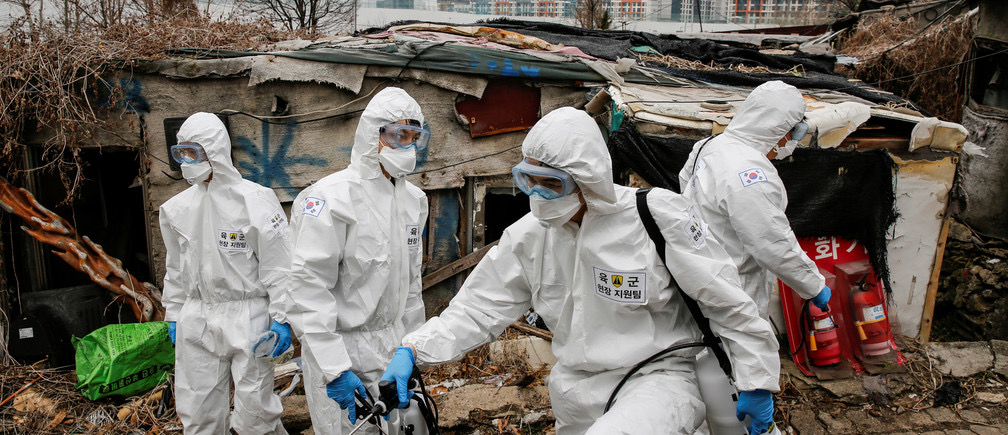
Looking ahead, cities across the world will inevitably have to make important public health, economic, governance, and ecological decisions with less information than usual and reverse recently adopted policies. This argument is based on latest research published by medical professionals, the World Health Organisation (WHO), Center for Disease Control (CDC), and other highly-regarded sources. Doctors and clinicians will need to assess disease severity and work out treatment options without being able to examine patient or measure pulse, blood pressure, respiratory rate, or oxygen saturation[viii]. Effective measures that match the constraints of the local context in African cities may call for a shift from reliance on centralised government-run water and sewerage systems, to innovative use of urban natural assets for water access (such as springs and swamps), and partnerships that create a safe and affordable system for sourcing clean water using locally-made water pumps[ix].
Quicker case identification and strengthening surveillance to trace contact and transmissions in communities, means exploring the interdependencies between analogue and technological options. Case data gathered as the outbreak proceeds (such as infections recorded at a health unit) will have to be coupled to the use of spatial media technologies for digitally mapping transmission rates in urban settlements, smart phones for visual content and artificial intelligence[x]. This data will also have to be compared with information on increased frequency and reach of travel, changing patterns of land use, changing diets, wars and social upheaval and climate change[xi], for the reason that such factors influence interactions between humans and the reservoir hosts of emerging pathogens, facilitating exposure to zoonotic viruses and spill over infections in people, and allow emerging viruses to spread more easily through human populations.
Amongst digitally literate urban populations, social distancing may be replaced by distant socialising, where people stay connected using smart technologies, due to the stress, loneliness and depression that arises from families and workmates being apart for a long time[xii]. Debunking myths and misinformation about the origins, spread, and effects of infectious diseases, including COVID-19, is not only restricted to the mandates of Infectious Disease Institutes, CDC and WHO, but also Tech Companies like Google and Facebook, as well as governors and mayors of city states and parents using credible sources of information to talk to their children[xiii]. Street and urban artists in Vietnam have now stepped out from the traditional roles organising mass gatherings for launching their albums, to using digital technologies (such as YouTube) to educate their funs about hand washing solutions using songs.
Re-thinking urban sustainability along COVID-19
As the globe navigates the tensions and contradictions associated with COVID-19, cities will have to match their sustainability plans and policies with the need to not only pull back the speed of transmissions and infections, but also moderate the risk of exacerbating poverty, inequality, and environmental degradation. The suspension of intra-city public transport, closing entertainment venues and banning public gatherings[xiv] can bring about short-term gains, but there is need to know that such mobility restrictions may worsen existing sustainability challenges. Cities are habitats of mobile residents pursuing different livelihood options, which are part and parcel of the functioning of interconnected urban systems, including, employment, transport, food, water, security, energy, health, sanitation, waste management, and housing systems.
The lessons from the Ebola Outbreak of 2014-15 indicate that quarantines, which were used as response measure in Guinea, Liberia, and Sierra Leone, resulted in large waste disposal needs and other water, sanitation and hygiene vulnerabilities that put a strain on the governance and delivery of services[xv]. At one point in Freetown-Liberia, nearly 50% of the population was under quarantine. This meant a huge number of households in often logistically challenging areas required food and water transported to them, coupled to flash floods that make neigbourhood paths impassable[xvi]. Migrants in urban neigbourhoods, who fear deportation and retaliation by employers, have little incentive to embrace community-wide testing and report symptoms of COVID-19 at designated health units and labs.
In the United States, 45 percent of adults between the ages 19 to 64 are inadequately insured and 44 million are underinsured as of 2018, leading to high co-pays and out-of-pocket costs[xvii]. These individuals may be less likely to seek care for early symptoms of covid-19, at high-risk of contracting the disease, and to then facilitate spread through whole populations. While they may help contain the spread of COVID-19, quarantines and isolation techniques that depend on demarcated borders between residential and commercial properties can be difficult to implement sustainably, because life and survival in cities is about inclusion, trust and power relations in urban spaces.
The resolve and determination of different urban dwellers can challenge the ability of municipal agents to sustain social distancing techniques. This has already been indicated by spring breakers in Miami who have continued to go for beach life despite dire health warnings over the coronavirus[xviii]. City lockdowns along apartment complexes and commercial routes did not stop Reilly Jennings and Amanda Wheeler to tie the knot on 20 March 2020 at a ceremony held on a small street in the Manhattan neighborhood of Washington Heights[xix]. Schools and universities across cities in the world are closing for weeks or longer and this measure may be challenged by families that lack home-schooling habits and technology for virtual education, leading to delays in realizing the gains of containment strategies[xx]. Therefore risk-sensitive COVID-19 urban plans are required to reduce accumulated risk and to better consider the limitations of strategies that have worked in China.
Conclusions
Actions and inactions towards COVID-19 hold a transformative turn in the promise of inclusive and sustainable cities, as per Agenda 2030 of the Sustainable Development Goals (SDGs). The argument that leapfrogging sustainability in cities means scaling up local solutions to incrementally upgrade urban systems, seems incongruent with the stealth transmission of COVID-19, the possibility of its rebound and the unprecedented breadth of restrictions that feed uncertainty into not only public health but also economic, social and ecological systems. Intrusive actions that lead to muddled urban systems is the reality we are being confronted with. Stay-at-home measures mirror the interconnected nature of urban housing, food, transport, energy, water, waste management and urban governance challenges, difficult to disentangle like the imperceptible or non-distinct nature of the illnesses associated with COVID-19. Therefore re-contextualizing the global goal of sustainable and inclusive cities will be necessary at international, national and municipal levels.
Kareem Buyana
Kampala
Notes:
[i] https://www.theguardian.com/world/2020/mar/26/life-after-coronavirus-pandemic-change-world
[ii] https://www.nejm.org/doi/full/10.1056/NEJMp2007637?query=featured_coronavirus
[iii] https://www.bbc.com/news/health-52145140
[iv] https://www.bmj.com/content/368/bmj.m1062
[v] https://www.cnbc.com/2020/04/06/video-tesla-building-ventilators-for-covid-19-patients-from-car-parts.html
[vi] https://council.science/current/blog/understanding-the-different-characteristics-of-african-cities-will-be-crucial-in-responding-effectively-to-covid-19-on-the-continent/
[vii] https://www.mtn.com/covid-19/
[viii] https://www.bmj.com/content/368/bmj.m1087
[ix] https://www.ids.ac.uk/opinions/the-impact-of-covid-19-in-informal-settlements-are-we-paying-enough-attention/
[x] https://doi.org/10.1017/ice.2020.61
[xi] https://www.nature.com/articles/s41564-018-0296-2
[xii] https://news.stanford.edu/2020/03/19/try-distant-socializing-instead/
[xiii] https://www.nature.com/articles/s41591-020-0802-y
[xiv] https://doi.org/10.1101/2020.01.30.20019844
[xv] ACAPS (2015) WASH in Guinea, Liberia, and Sierra Leone: The impact of Ebola. Geneva: ACAPS. Available at http://www.urban-response.org/resource/20612
[xvi] Associated Press (2014) ‘Liberian soldiers seal slum to halt Ebola’. NBC News, 20 August. Available at http://www.urban-response.org/resource/23751
[xvii] https://doi.org/10.26099/penv-q932
[xviii] https://www.aljazeera.com/news/2020/03/flock-florida-spring-break-covid-19-warnings-200319105430567.html
[xix] https://edition.cnn.com/2020/03/21/us/new-york-couple-married-street-officiant-trnd/index.html
[xx]https://blogs.bmj.com/bmj/2020/03/18/covid-19-the-painful-price-of-ignoring-health-inequities/


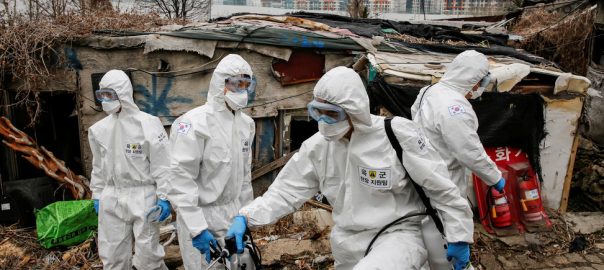
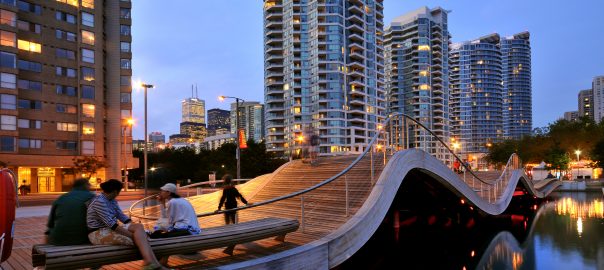

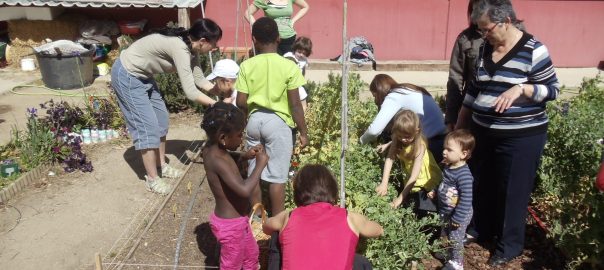
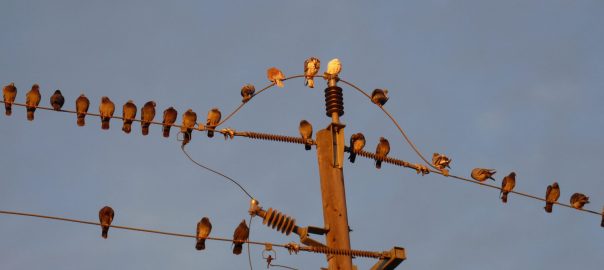
Leave a Reply